Photography Middle-Class Chinese Woman in the Countryside
A black-and-white photograph, portrait of a middle-class Chinese woman in traditional dress. She is wearing trousers instead of a skirt and a bodice with tapered sleeves (pipa xiu 琵琶袖). Her clothing is modestly decorated. Instead of the characteristic huling 護領 collar, she is wearing a scarf wrapped around her neck. On her feet she is wearing lotus shoes (lianlü蓮履), a type of conical shoe worn by women with bandaged feet. The shoes, sewn from silk or bamboo, were the size of the palm of a hand. Some also had a heel or a thickened sole. In the Qing Dynasty (1644–1912) women wore Manchu clothing less often than men. They liked to combine different styles, especially favouring the fashion that prevailed in the Ming Dynasty (1368–1644).
Portrait photography became the most popular genre in China after photography “conquered” the country. After only a few years, photography supplanted portraiture wherever Westerners were present, and later spread to other ... more
A black-and-white photograph, portrait of a middle-class Chinese woman in traditional dress. She is wearing trousers instead of a skirt and a bodice with tapered sleeves (pipa xiu 琵琶袖). Her clothing is modestly decorated. Instead of the characteristic huling 護領 collar, she is wearing a scarf wrapped around her neck. On her feet she is wearing lotus shoes (lianlü蓮履), a type of conical shoe worn by women with bandaged feet. The shoes, sewn from silk or bamboo, were the size of the palm of a hand. Some also had a heel or a thickened sole. In the Qing Dynasty (1644–1912) women wore Manchu clothing less often than men. They liked to combine different styles, especially favouring the fashion that prevailed in the Ming Dynasty (1368–1644).
Portrait photography became the most popular genre in China after photography “conquered” the country. After only a few years, photography supplanted portraiture wherever Westerners were present, and later spread to other places. The reason is simple: portraiture was an important tradition in both China and the West even before photography. It was one of the few areas of interest common to both cultures.
The photograph is the 154th of 449 photographs of Beijing and its surroundings in the album of Ivan Skušek Jr., purchased during his stay in Beijing (1914–1920). In the handwritten inventory of the album, the photograph is referred to as Chinesen-Frau des Mittelstandes. (DZ, MV)
Appears also in other photo collections.
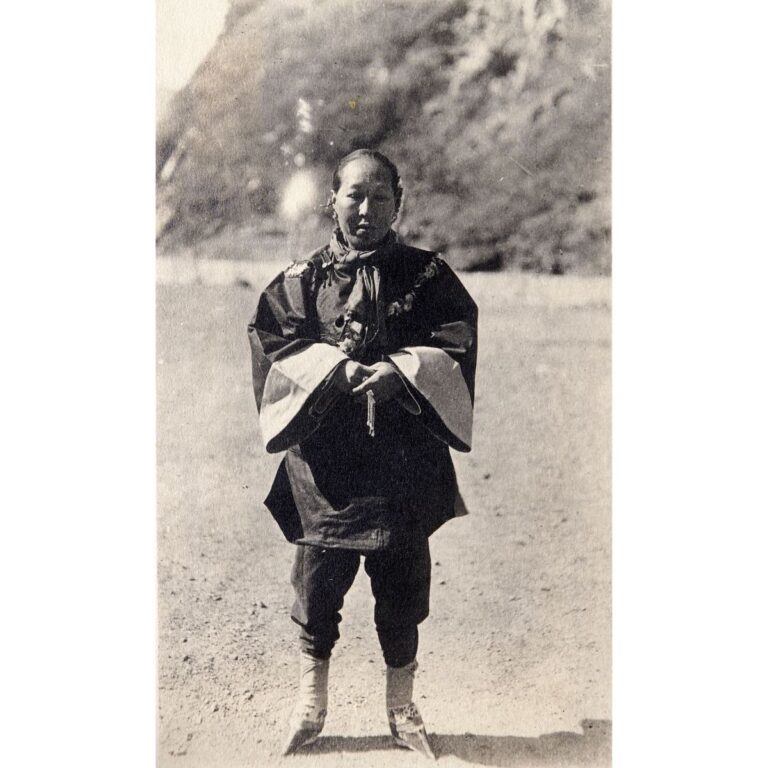
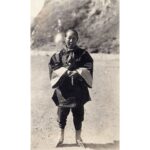

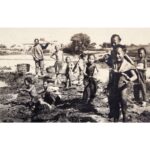








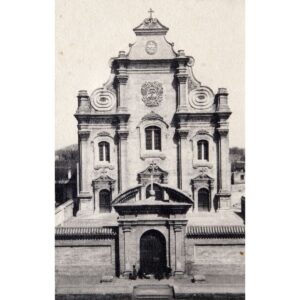




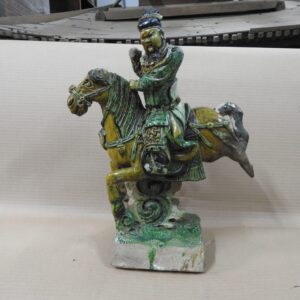

















Do you have a comment or additional information about the subject?